Home>Gardening & Outdoor>Landscaping Ideas>Why Does Grass Make You Itch
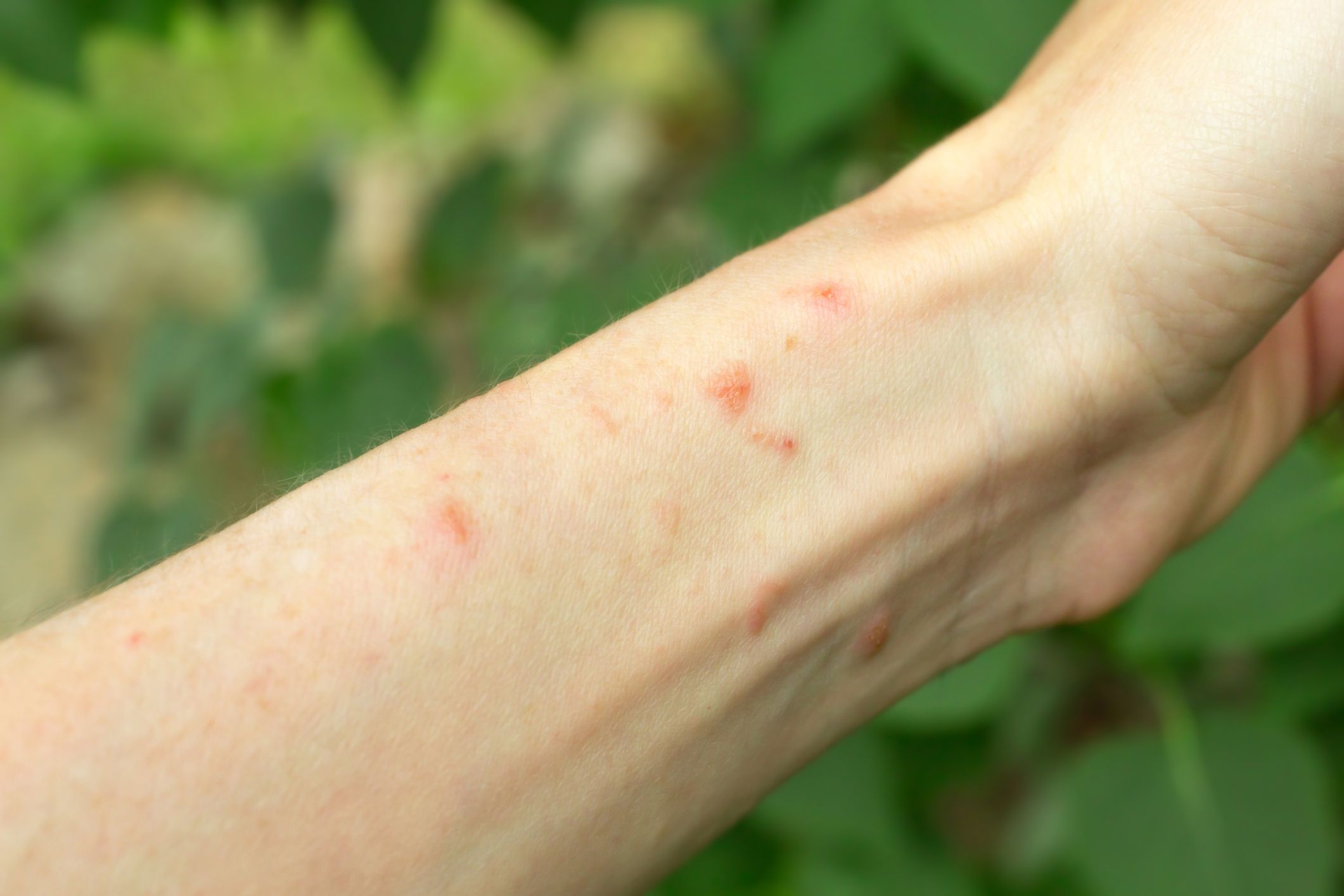

Landscaping Ideas
Why Does Grass Make You Itch
Modified: March 26, 2024
Discover the reasons behind grass-induced itching and find landscaping ideas to minimize discomfort. Explore effective solutions for a more enjoyable outdoor experience.
(Many of the links in this article redirect to a specific reviewed product. Your purchase of these products through affiliate links helps to generate commission for Storables.com, at no extra cost. Learn more)
Introduction
Grass is a ubiquitous feature of outdoor landscapes, adorning lawns, parks, and fields with its lush greenery. While it serves as a picturesque backdrop for leisurely strolls and recreational activities, for some individuals, it can provoke an uncomfortable and irritating sensation. This phenomenon raises the question: why does grass make you itch?
Understanding the underlying factors behind this peculiar reaction involves delving into the intricate interplay between the human body and environmental elements. By unraveling the complexities of grass allergies, we can shed light on the causes, symptoms, treatments, and preventive measures associated with this common affliction. Whether you're a nature enthusiast, a gardening aficionado, or simply someone who enjoys basking in the great outdoors, gaining insights into the mechanisms of grass-induced itching can foster a deeper appreciation for the natural world while empowering you to navigate potential discomfort more effectively.
Key Takeaways:
- Grass allergies can cause itching, sneezing, and skin irritation due to the body’s hypersensitive response to grass pollen, leading to discomfort for some individuals who come into contact with grass.
- Preventing grass allergies involves staying informed about pollen forecasts, wearing protective clothing during outdoor activities, and considering immunotherapy for long-term relief, empowering individuals to manage allergic reactions effectively.
Read more: Why Grass Makes You Itch
Understanding Grass Allergies
Grass allergies, also known as pollen allergies or hay fever, are a prevalent form of allergic reaction triggered by exposure to grass pollen. When individuals with a hypersensitive immune system come into contact with grass pollen, their bodies perceive it as a harmful substance, prompting the immune system to produce antibodies to fend off the perceived threat. This immune response leads to the release of histamines and other chemicals, causing a range of allergic symptoms, including itching, sneezing, nasal congestion, and watery eyes.
It is essential to recognize that grass allergies are not solely attributed to direct contact with grass blades. Rather, the primary culprit is the microscopic pollen grains released by grass plants as part of their reproductive process. These minuscule particles can be carried by the wind over considerable distances, making it challenging to evade exposure, even in urban environments.
Moreover, the specific types of grass that trigger allergic reactions can vary based on geographic location and climate. Common grass species such as Bermuda grass, Timothy grass, and Kentucky bluegrass are known to elicit allergic responses in susceptible individuals. Understanding the prevalence and distribution of these grass varieties in your local area can help you anticipate and manage potential allergy triggers.
By comprehending the fundamental mechanisms of grass allergies, individuals can gain a deeper insight into the triggers and symptoms associated with this condition. Armed with this knowledge, they can take proactive measures to mitigate the impact of grass-induced allergic reactions and seek appropriate treatments to alleviate discomfort.
Causes of Itching from Grass
The itching sensation experienced upon contact with grass or exposure to grass pollen stems from a cascade of physiological responses within the body. When an individual with a grass allergy comes into contact with grass or its pollen, their immune system identifies the foreign substance as a threat, triggering an allergic reaction. This hypersensitive response prompts the release of histamines, which are organic compounds produced by the immune system to combat perceived threats.
Histamines play a pivotal role in the body’s defense against allergens, pathogens, and other intruders. However, in the context of grass allergies, histamine release leads to a range of adverse effects, including itching, hives, and inflammation. The histamines cause blood vessels to dilate, resulting in increased blood flow to the affected area and contributing to the characteristic redness and swelling associated with allergic reactions.
Furthermore, histamines can stimulate nerve endings in the skin, triggering the sensation of itching. This itching, also known as pruritus, serves as a distress signal from the body, prompting the individual to address the perceived threat, whether by removing the allergen or seeking relief through appropriate measures.
In addition to histamine release, other immune system mediators, such as leukotrienes and cytokines, contribute to the inflammatory response and itching associated with grass allergies. These biochemical compounds further exacerbate the discomfort experienced by individuals with grass-induced allergic reactions.
It is important to note that direct contact with grass can also lead to itching, particularly in individuals with sensitive skin. Grass blades may harbor microscopic irritants or allergens, and the physical abrasion caused by contact with the grass can stimulate the skin’s nerve endings, resulting in itching and irritation.
By understanding the underlying causes of itching from grass, individuals can gain valuable insights into the physiological processes driving allergic reactions. This knowledge serves as a foundation for implementing effective strategies to manage and alleviate itching associated with grass allergies.
Symptoms of Grass Allergy
Grass allergies can manifest in a diverse array of symptoms, ranging from mild discomfort to more pronounced and disruptive reactions. These symptoms typically arise following exposure to grass pollen or direct contact with grass, and they reflect the body’s immune response to perceived allergens. Understanding the spectrum of symptoms associated with grass allergy is crucial for identifying and addressing potential allergic reactions effectively.
One of the hallmark symptoms of grass allergy is rhinitis, characterized by sneezing, nasal congestion, runny nose, and postnasal drip. These respiratory symptoms result from the body’s immune response to inhaled grass pollen, which can trigger inflammation and irritation in the nasal passages and sinuses. Individuals with grass allergies may experience these symptoms during peak pollen seasons, particularly in regions where grasses are prolific.
In addition to respiratory symptoms, grass allergy can provoke ocular manifestations, including itchy, watery eyes, redness, and swelling of the eyelids. These symptoms, collectively known as allergic conjunctivitis, can significantly impair visual comfort and clarity, impacting daily activities and overall well-being.
Skin-related symptoms are also common in individuals with grass allergies. Direct contact with grass or exposure to grass pollen can lead to itching, hives, and eczema, as the immune system mounts an inflammatory response in the skin. Itchy skin, often accompanied by redness and raised welts, can cause considerable discomfort and distress for those affected by grass-induced allergic reactions.
For some individuals, grass allergies may trigger respiratory distress, particularly in cases of severe allergic asthma. Inhalation of grass pollen can exacerbate asthma symptoms, leading to wheezing, coughing, chest tightness, and shortness of breath. These respiratory manifestations necessitate prompt medical attention and management to prevent potential complications.
Furthermore, individuals with grass allergies may experience generalized symptoms such as fatigue, malaise, and irritability, which can stem from the body’s immune response and the physical toll of allergic reactions. These systemic effects underscore the far-reaching impact of grass allergies on overall well-being and quality of life.
By familiarizing themselves with the diverse symptoms of grass allergy, individuals can promptly recognize and address allergic reactions, seek appropriate medical guidance, and implement strategies to mitigate discomfort and minimize exposure to allergens.
Applying an over-the-counter hydrocortisone cream or taking an antihistamine can help relieve itching caused by contact with grass.
Treatment for Grass Allergy
Effective management of grass allergies encompasses a multifaceted approach aimed at alleviating symptoms, reducing exposure to allergens, and enhancing overall well-being. Individuals grappling with grass-induced allergic reactions can explore various treatment modalities tailored to their specific symptoms and medical history, empowering them to navigate the challenges posed by grass allergies more effectively.
One of the primary strategies for addressing grass allergy symptoms is the use of over-the-counter or prescription antihistamines. These medications work by counteracting the effects of histamines released during allergic reactions, thereby mitigating itching, sneezing, and other allergic symptoms. Antihistamines come in various formulations, including oral tablets, liquid preparations, and nasal sprays, providing flexibility in addressing diverse symptoms.
Nasal corticosteroids, available as prescription or over-the-counter preparations, can be instrumental in managing nasal congestion, sneezing, and other respiratory symptoms associated with grass allergies. These medications help reduce inflammation in the nasal passages, offering relief from congestion and promoting clearer breathing.
For individuals grappling with allergic conjunctivitis, over-the-counter or prescription antihistamine eye drops can alleviate itching, redness, and irritation of the eyes, restoring visual comfort and clarity. These specialized eye drops target ocular symptoms, providing targeted relief for individuals affected by grass-induced allergic reactions.
In cases of severe or persistent symptoms, allergists may recommend immunotherapy, also known as allergy shots, as a long-term treatment option. Immunotherapy involves administering gradually increasing doses of allergens, such as grass pollen extracts, to desensitize the immune system and reduce allergic reactivity over time. This approach can confer lasting benefits for individuals with persistent grass allergies, diminishing the severity of symptoms and enhancing tolerance to grass pollen.
Moreover, environmental modifications and preventive measures play a pivotal role in managing grass allergies. Minimizing outdoor activities during peak pollen seasons, using air purifiers indoors, and employing high-efficiency particulate air (HEPA) filters in living spaces can help reduce exposure to grass pollen, mitigating the risk of allergic reactions.
It is crucial for individuals with grass allergies to consult with healthcare professionals, such as allergists or immunologists, to devise personalized treatment plans tailored to their specific needs and medical history. By leveraging a combination of pharmacological interventions, immunotherapy, and environmental modifications, individuals can proactively manage grass allergies and enhance their overall quality of life.
Read more: Why Does My Hot Tub Make My Skin Itch
Prevention of Grass Allergy
Proactive measures to prevent and minimize the impact of grass allergies are pivotal for fostering a healthier and more comfortable living environment for individuals susceptible to allergic reactions. By adopting targeted preventive strategies, individuals can mitigate exposure to grass pollen and allergens, thereby reducing the likelihood and severity of allergic symptoms. Implementing practical measures and lifestyle adjustments can empower individuals to navigate potential allergy triggers more effectively.
One fundamental preventive measure involves staying informed about local pollen forecasts and peak grass pollen seasons. By monitoring pollen counts and forecasts, individuals can anticipate periods of heightened pollen exposure and plan outdoor activities accordingly. Limiting outdoor excursions during peak pollen times, particularly on dry, windy days, can help minimize direct exposure to grass pollen, reducing the risk of allergic reactions.
When engaging in outdoor activities, such as gardening or lawn maintenance, individuals with grass allergies can take proactive steps to minimize direct contact with grass and pollen. Wearing protective clothing, including long-sleeved shirts, pants, and gloves, can serve as a barrier against skin contact with allergens, reducing the risk of itching and skin irritation. Additionally, using pollen-filtering masks or respirators can limit inhalation of grass pollen during outdoor tasks, mitigating respiratory symptoms associated with grass allergies.
Implementing environmental modifications within living spaces can contribute to a reduction in indoor allergen exposure. Regular vacuuming with high-efficiency particulate air (HEPA) filters, frequent dusting, and the use of air purifiers can help minimize the presence of grass pollen and other allergens indoors, creating a more allergy-friendly environment for individuals with grass allergies.
For individuals with severe grass allergies or persistent symptoms, consulting with allergists or immunologists to explore immunotherapy, such as allergy shots, can offer long-term benefits. Immunotherapy aims to desensitize the immune system to grass pollen, reducing allergic reactivity and symptom severity over time. This personalized approach can enhance tolerance to grass allergens and diminish the impact of grass-induced allergic reactions.
Furthermore, staying abreast of advancements in allergy management and treatment options, as well as adhering to prescribed medication regimens and treatment plans, can empower individuals to proactively address grass allergies and optimize their overall well-being.
By integrating these preventive measures into daily routines and outdoor activities, individuals can effectively manage grass allergies, reduce the burden of allergic symptoms, and cultivate a healthier and more comfortable lifestyle amidst natural landscapes.
Conclusion
The enigma of why grass makes us itch unravels through a journey into the intricate realm of grass allergies. As we navigate the verdant landscapes adorned with lush grass, it becomes evident that for some, this natural marvel can provoke discomfort and allergic reactions. Understanding the mechanisms of grass allergies, the causes of itching from grass, and the diverse symptoms associated with this condition empowers individuals to confront these challenges with resilience and informed strategies.
Grass allergies, driven by the immune system’s hypersensitivity to grass pollen, manifest in a spectrum of symptoms encompassing respiratory, ocular, and dermatological manifestations. The release of histamines and other immune mediators triggers itching, sneezing, nasal congestion, and skin irritation, underscoring the multifaceted impact of grass-induced allergic reactions on overall well-being.
Effective management of grass allergies hinges on a comprehensive approach encompassing pharmacological interventions, environmental modifications, and personalized treatment modalities. Antihistamines, nasal corticosteroids, and immunotherapy offer avenues for alleviating symptoms and enhancing tolerance to grass allergens, while preventive measures such as monitoring pollen forecasts, minimizing outdoor exposure during peak pollen seasons, and implementing environmental modifications contribute to reducing allergen exposure and mitigating allergic reactions.
By embracing these insights and strategies, individuals can navigate the allure of grassy landscapes with greater resilience and comfort. Proactive engagement with healthcare professionals and the implementation of tailored treatment plans can foster a sense of empowerment and control over grass allergies, enhancing overall quality of life amidst natural environments.
As we unravel the enigma of why grass makes us itch, we embark on a journey of understanding, resilience, and proactive wellness, forging a deeper connection with the natural world while fortifying our ability to thrive amidst the captivating allure of grassy landscapes.
Frequently Asked Questions about Why Does Grass Make You Itch
Was this page helpful?
At Storables.com, we guarantee accurate and reliable information. Our content, validated by Expert Board Contributors, is crafted following stringent Editorial Policies. We're committed to providing you with well-researched, expert-backed insights for all your informational needs.



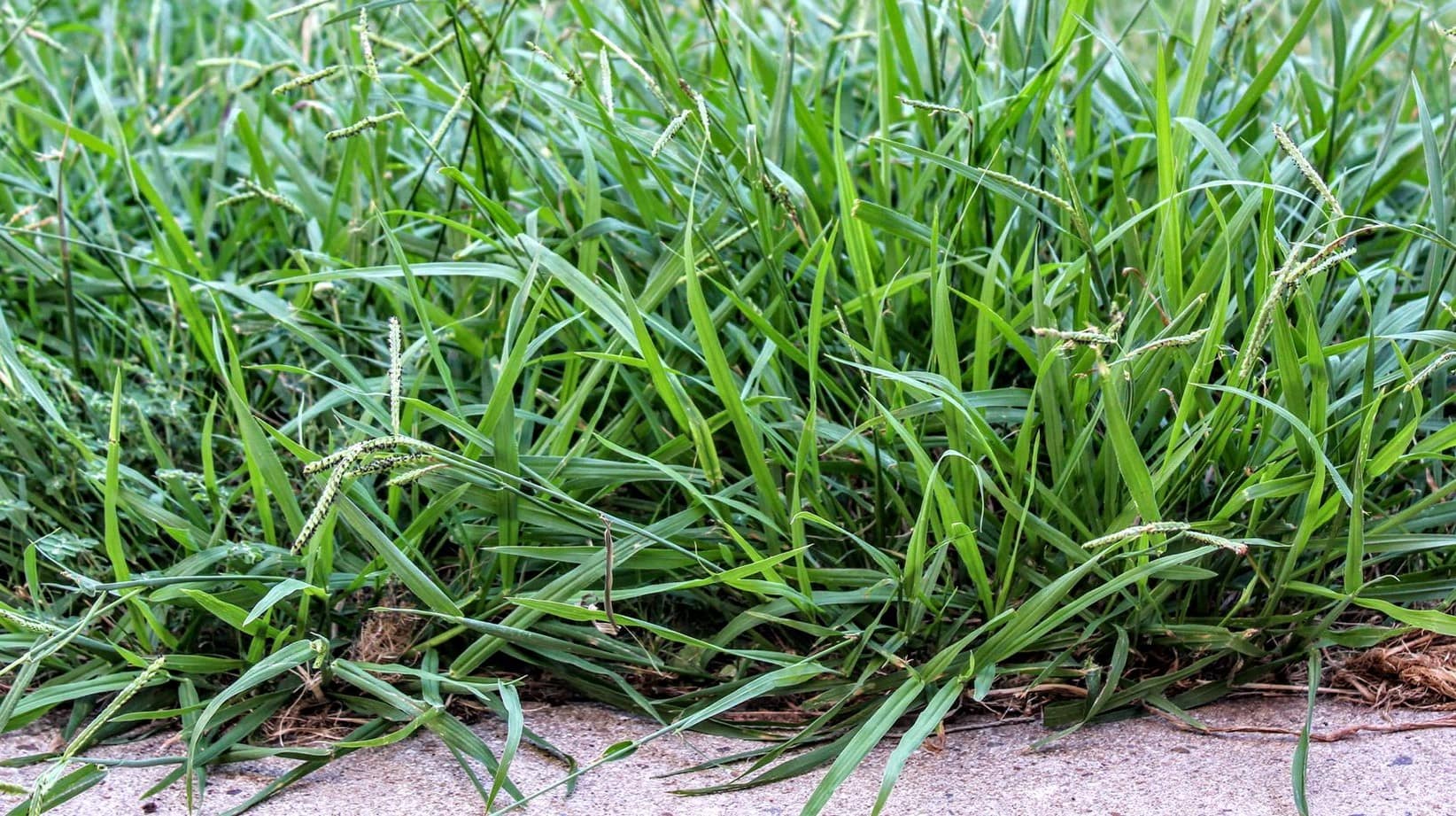

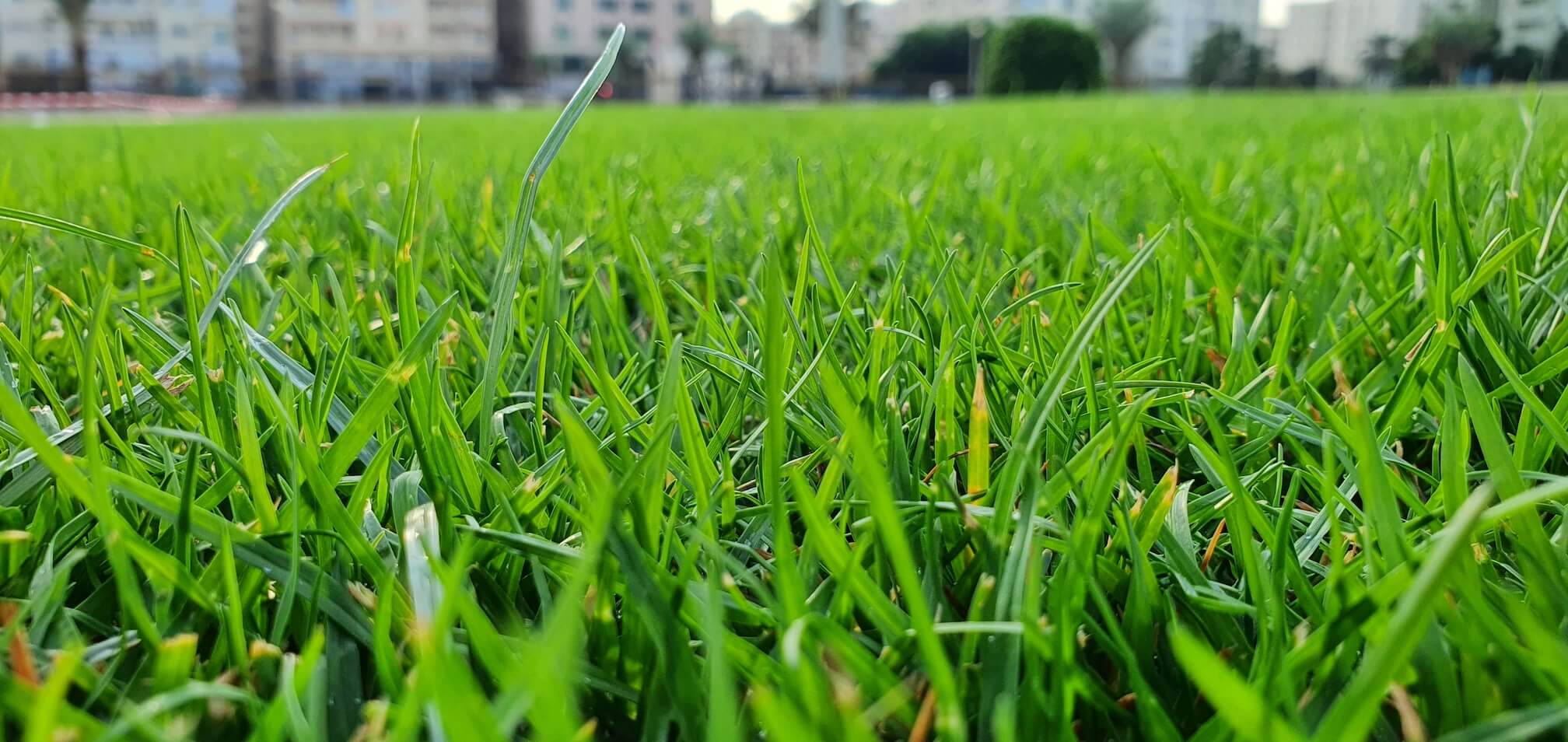

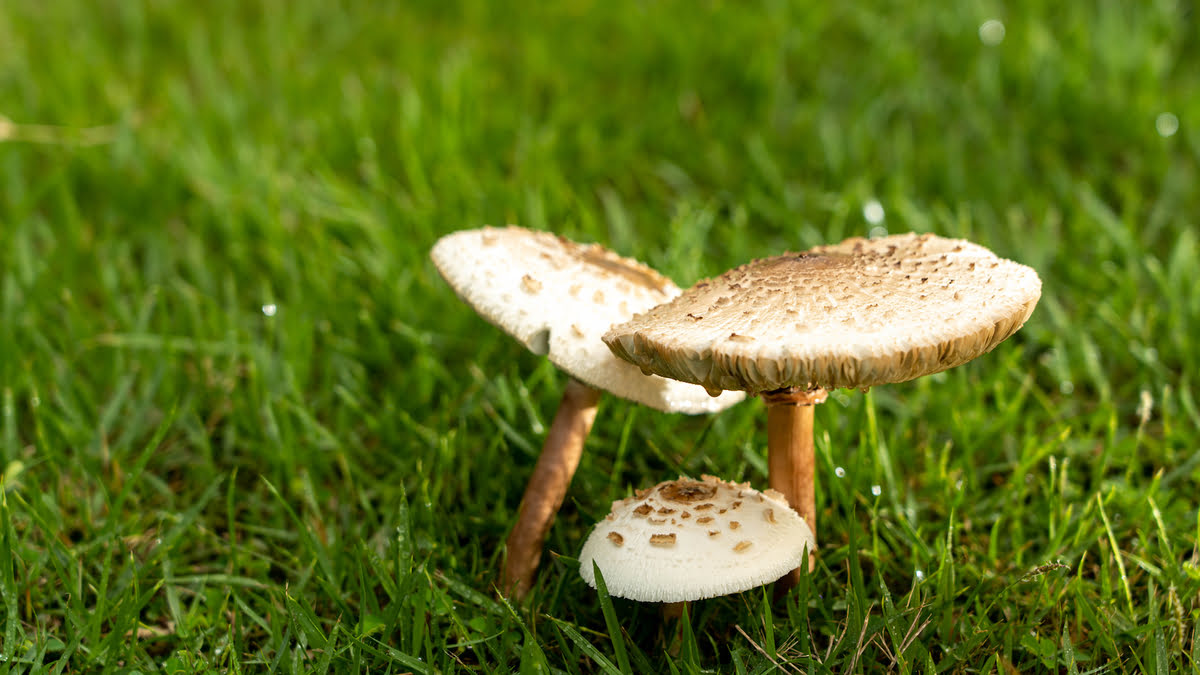


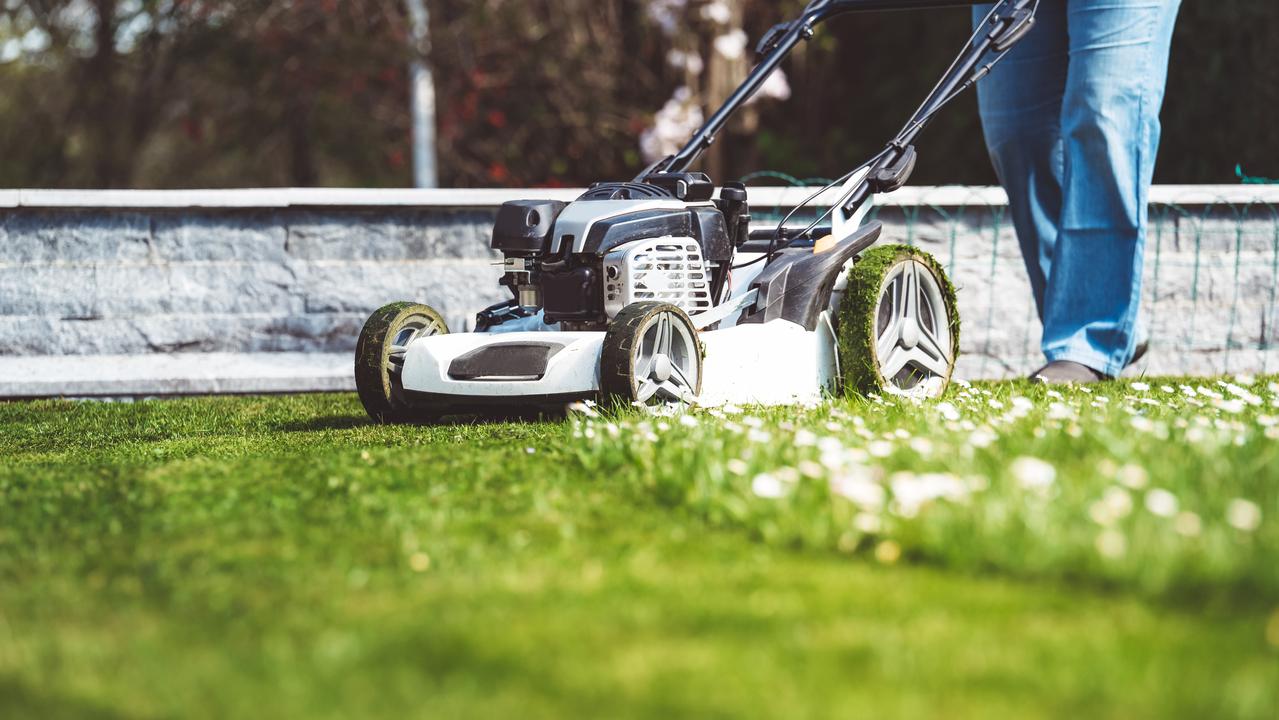
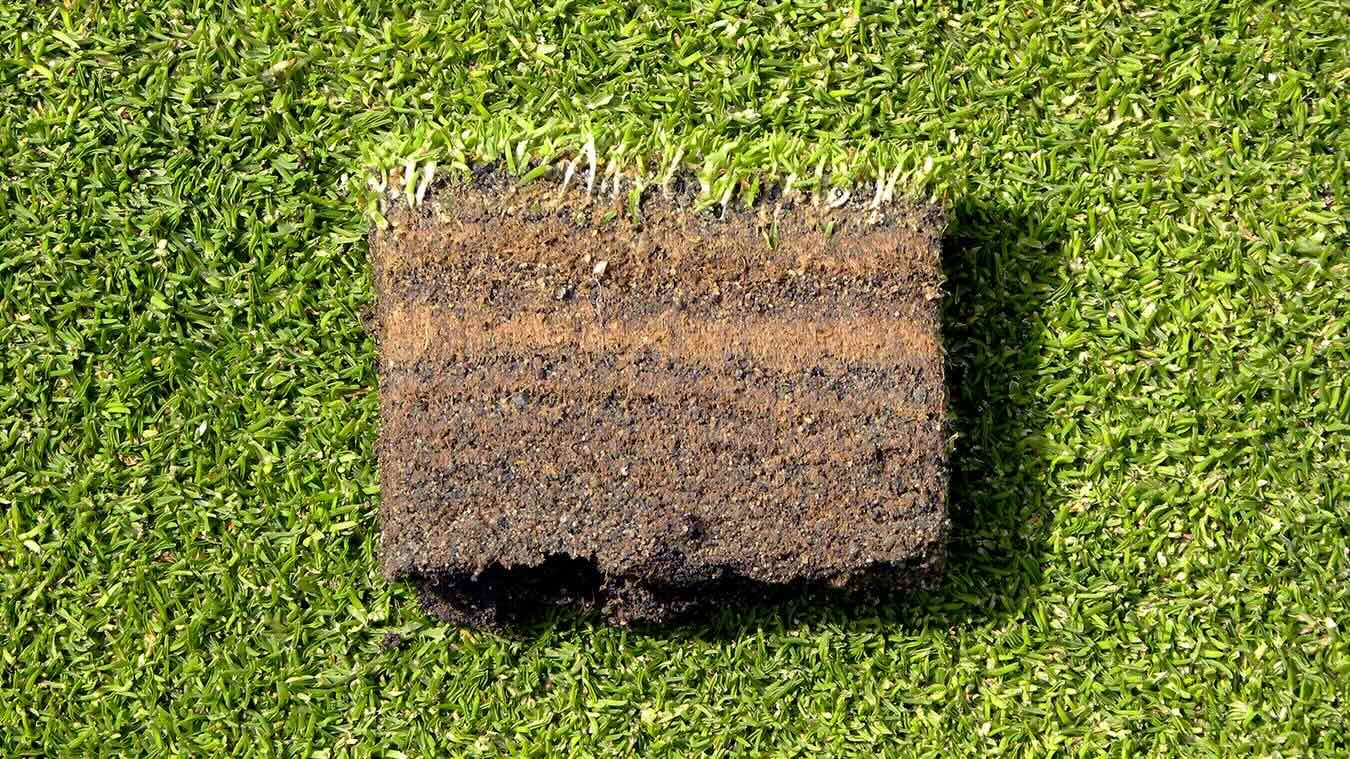



0 thoughts on “Why Does Grass Make You Itch”